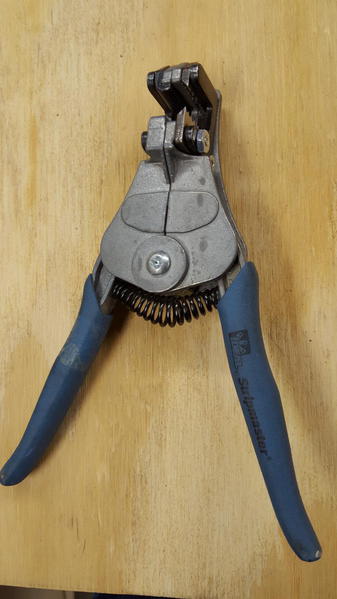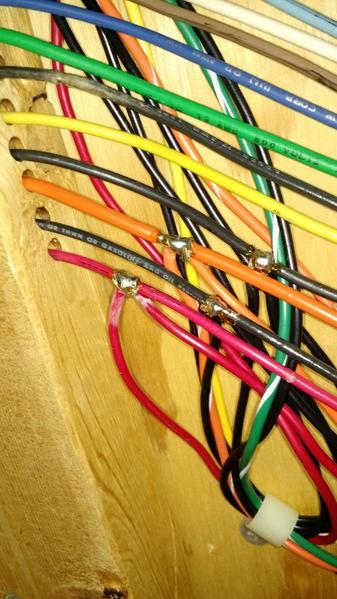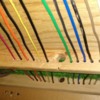I am going to use #12 gauge insulated solid wire for a common continuous buss, common track wire connections on 6' to 8' centers # 14 or #16 gauge stranded wire, is to be soldered to this buss wire, under train board and overhead soldering. Outside common track rails are soldered to the opposite end of these wire connections.
I have soldered two of these splice joints, 3/4 inch of the buss wire was stripped by cutting the 3/4 inch insulated wire segment both ends with a wire end stripper(Klein) and then using a utility knife to slit and strip the 3/4 inch insulation from the wire. The stripped stranded wire end was wrapped around the stripped buss wire, soldered and taped with electrical tape. Inquiring if this is the typical method for removing this insulation in this two step operation, maybe someone has a alternate suggestion.
Thanks in advance for a response.




 Works great!
Works great!







